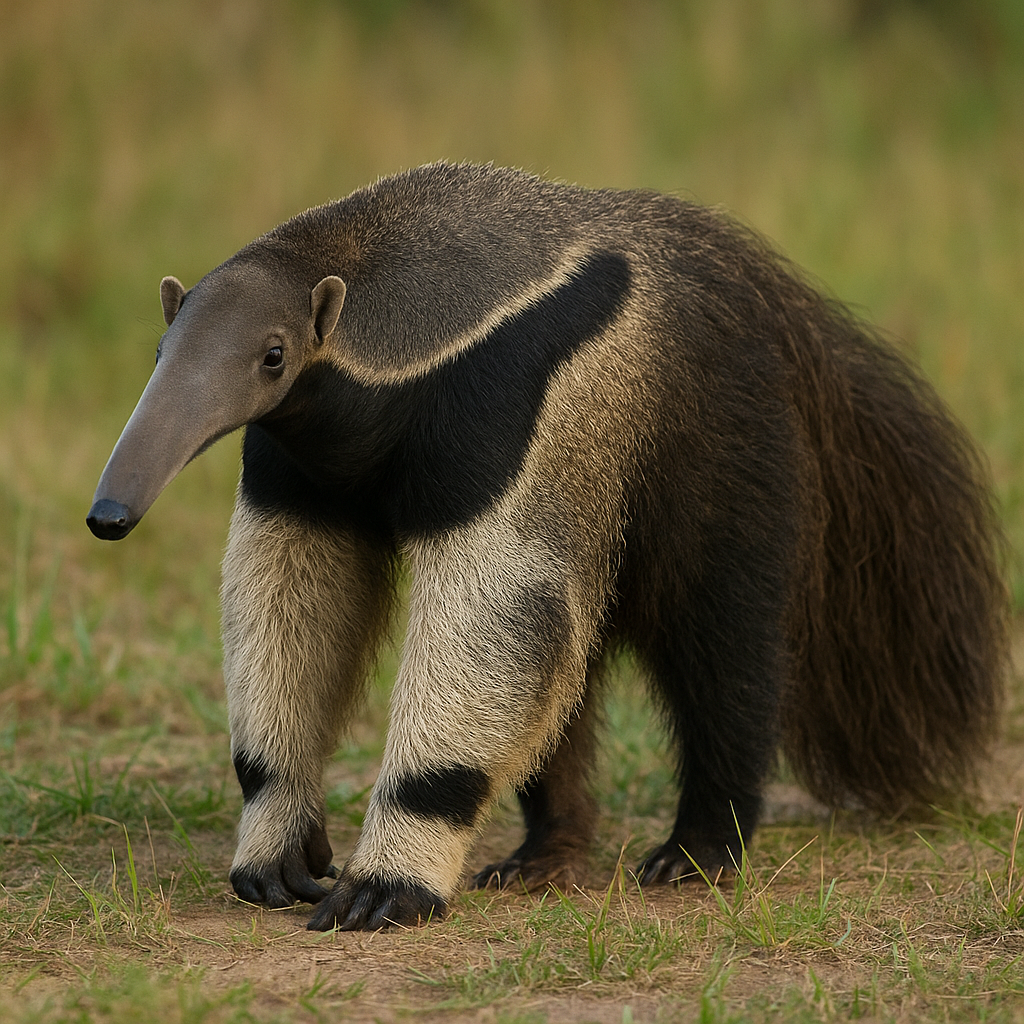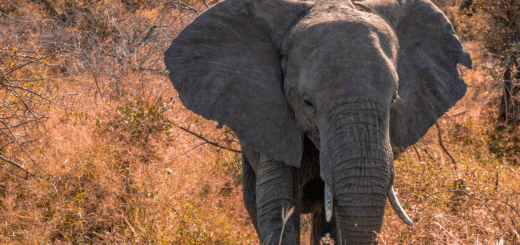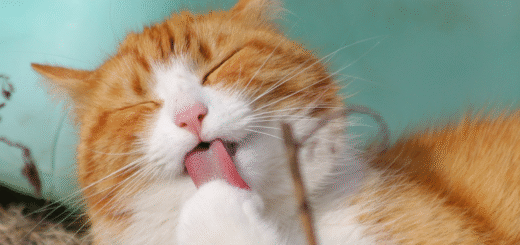The Giant Anteater: A Remarkable Species of the Wild
Distinctive Physical Features of the Giant Anteater

The Giant Anteater is easily identifiable by its elongated body, long bushy tail, and, most strikingly, its long snout. One of the most unusual features of this mammal is its long, sticky tongue, which can extend up to two feet. This tongue is specifically designed to reach into ant mounds and termite nests, where it feeds on its primary food source. The anteater’s mouth is narrow and tube-like, and it lacks teeth altogether. Despite this, it can efficiently consume thousands of insects daily.
Another key characteristic is its large foreclaws, which it uses for defense and to tear open the mounds of ants and termites. These claws are formidable, capable of delivering significant damage when the anteater is threatened.
Habitat and Distribution of the Giant Anteater
The Giant Anteater is predominantly found in Central and South America, including countries like Brazil, Venezuela, and parts of Argentina. It inhabits a wide variety of environments, ranging from tropical rainforests to grasslands and savannas. Despite its large size, it is well-suited to these diverse landscapes.
Typically, the Giant Anteater is a solitary animal, preferring to roam alone. It is largely nocturnal, which helps it avoid the heat of the day. While not known to be particularly aggressive, it can become defensive when it feels threatened, using its claws and tail to deter predators.
Diet and Feeding Habits
The diet of the Giant Anteater is unique, consisting almost entirely of ants and termites. Equipped with a keen sense of smell, the anteater can locate insect colonies buried deep underground or inside decaying trees. Once it finds a nest, it uses its sharp claws to dig through the mound and access the insects inside.
The anteater’s long, tubular tongue is capable of reaching deep into these nests, allowing it to consume large quantities of ants and termites. Interestingly, despite its large size, the anteater’s diet is low in calories. However, the high-protein content of its meals allows it to maintain its energy levels.
Behavior and Lifestyle of the Giant Anteater
The Giant Anteater’s behavior is primarily solitary, with individuals establishing large home ranges. These ranges can span several kilometers, depending on the availability of food and shelter. They communicate with each other through scent marking and vocalizations, but interactions between individuals are rare outside of mating season.
Giant Anteaters are relatively slow-moving creatures, but when necessary, they can run at speeds of up to 30 miles per hour. This ability comes in handy when they need to escape from predators, such as jaguars or pumas. However, their first line of defense is often their claws, which are sharp enough to inflict serious wounds on any potential threat.
Conservation Status of the Giant Anteater
Sadly, the Giant Anteater is listed as a vulnerable species on the IUCN Red List. This is primarily due to habitat destruction, poaching, and road accidents. As human settlements expand and forests are cleared for agriculture, the anteater’s natural habitat continues to shrink. Additionally, road fatalities are a significant threat, as the anteater is often struck by vehicles while crossing roads in search of food or mates.
Conservation efforts are currently underway to help protect the Giant Anteater. These efforts include habitat preservation, anti-poaching initiatives, and the creation of wildlife corridors to reduce road mortality. Protecting the habitats of the Giant Anteater is crucial, as this species plays an important role in controlling insect populations.
The Ecological Importance of the Giant Anteater
The Giant Anteater plays a key role in its ecosystem by regulating insect populations. Ants and termites can be highly destructive to plants, and the presence of the anteater helps to keep their numbers in check. By feeding on these insects, the anteater helps maintain a healthy balance within the ecosystem, preventing these insect colonies from becoming too dominant and harming vegetation.
Furthermore, the anteater’s behavior contributes to the overall biodiversity of its habitat. As it forages for ants and termites, it also helps to maintain the structure of its environment, ensuring that it remains suitable for other species.








